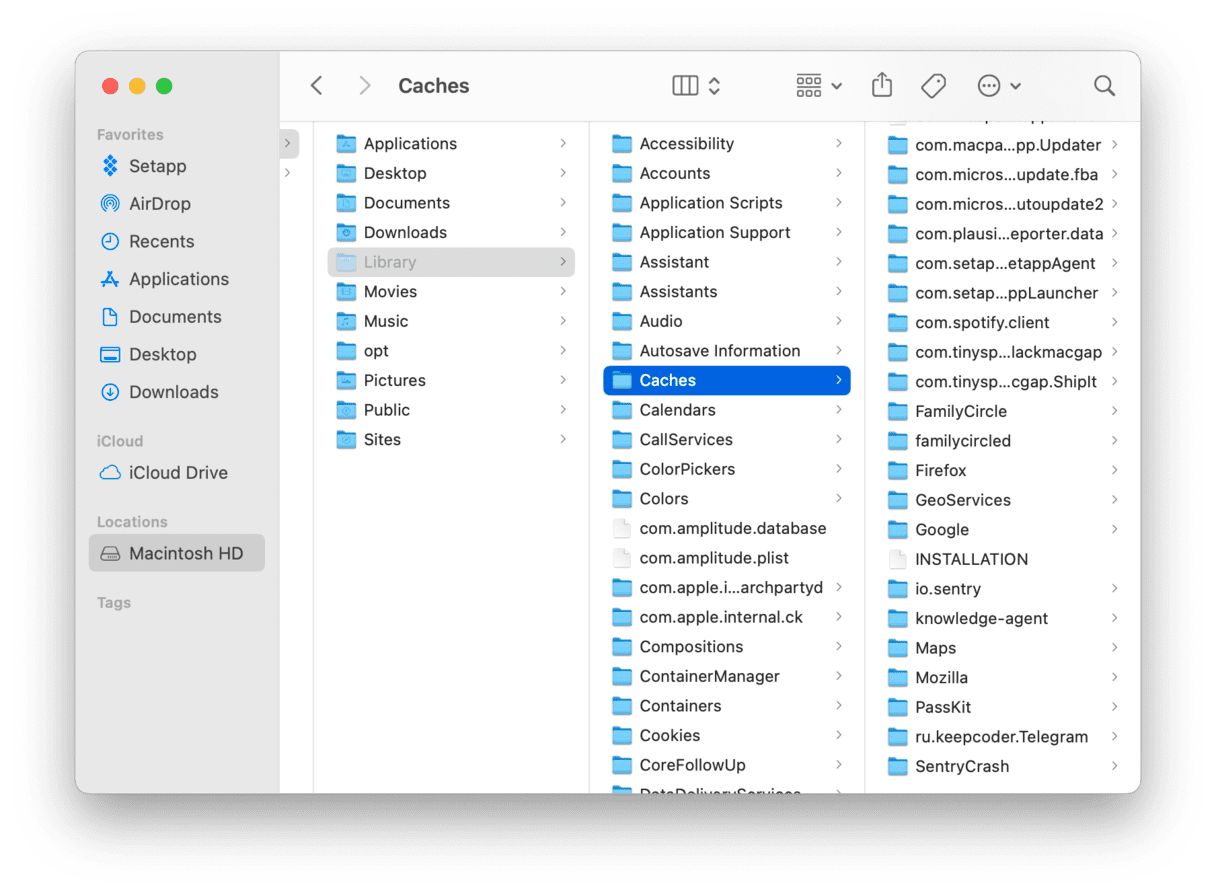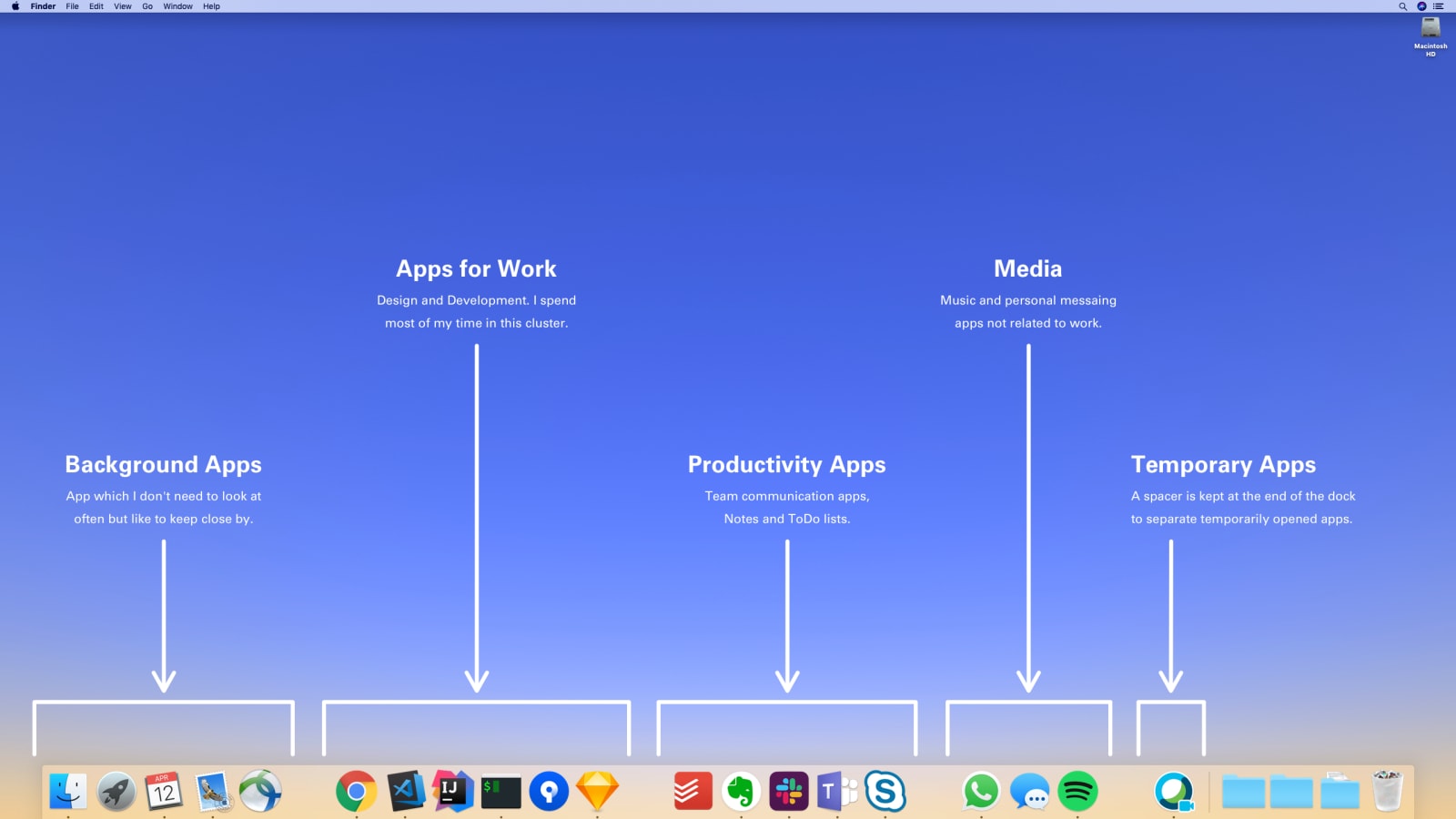Space.io Mac OS
To setup Kubernetes cluster, I will be setting the cluster in my local environment using Hyper-V. You can use any Hypervisor you like. I recommend VirtualBox if you want to setup local environment. Otherwise, below tutorial can be followed on any Virtual Machine, Physical machine, or any cloud Computing IAAS instance.
When the operating system does not have access methods defined or APIs for memory mapped configuration space requests, the driver or diagnostic software has the burden to access the configuration space in a manner that is compatible with the operating system's underlying access rules. IO Space may feel unfamiliar to Mac OS programmers. Some processor families, notably the Intel x86, use special IO modes and address to talk to hardware devices. Intel x86 and x86-clone computers use IO addressing to communicate with practically all hardware other than memory. INSERT INTO rt (id, title) VALUES (1, 'some text corp@space.io') OPTION tokenfilteroptions='.io' XXXbeginfield gets called once for each field prior to processing field with base tokenizer with field number as its parameter. XXXpushtoken gets called once for each new token produced by base tokenizer with source token as its parameter.

I created a virtual machine called k8s-master-node. You can call anything you like. For the purpose of this tutorial I will stick with this name.

Before you proceed forward, ensure that swap is disabled on the system. Otherwise kubernetes setup will fail.
Let's go ahead and first perform updates before setting up kubernetes environment. If you have installed fresh OS and haven't performed below execution of the command, I highly recommand it. It will get all the security patches and updates to system tools.
Once you have performed above updates, let's go ahead and install dependencies for kubernetes. apt-transport-https package will allow http & https access in apt-get repositories and sources.
Once the above package is installed, now we are going to install docker which is the core engine that will run our container.
Free Up Space Mac Os
Now we will start docker service and enable docker to start on system reboot. So docker can start on reboot if reboot is performed.
If you haven't encountered any errors that means system updates and docker installation was successful and we are ready to setup Kubernetes.
Before we start Kubernetes setup, we need to download and add the key to allow Kubernetes installation.
If you receive OK in return then key was added successfully.
Now we need to add apt repository to install kubernetes.
Mac Os Desktop Spaces
We will first create a file called kubernetes.list
Once the file is in the edit mode. Go ahead and copy paste below line in to the file and save it.
Execute below commands to install kubernetes and tools required to manage kubernetes.
If no error occurred that means all kubernetes components are successfully installed!
Now we need to initialize kubernetes cluster to run as Master. Execute below commands:
While initializing, if you received swap related errors as showed below. Please make sure swap is disabled in fstab file and reboot the server.
[ERROR Swap]: running with swap on is not supported. Please disable swap
[preflight] If you know what you are doing, you can make a check non-fatal with `--ignore-preflight-errors=...`
If you didn't receive above error, then proceed forward with additional configuration. Once the initialization is completed, you will receive a message with additional configuration to complete master node setup.
You should receive similar output.
Note: Token that is shown in above end selected highlight might vary and will be different system to system as it is auto generated. Please make sure you make a note of your token to add additional nodes to join the cluster.
Space.io Mac Os X
To complete setup. I will go ahead and execute below commands.
Before we start deploying pods in Kubernetes cluster. We need to ensure network configurations are applied to Kubernetes Cluster. It allows pod to pod communication and it's a dependency for kube-dns as well. In this case it is Master node where you will execute below commands. Go ahead and execute below commands on Master node to apply network settings.
Once you have applied above commands to setup networking. You will see that dns and flannel pods will be created. Without this, you will not able to run dns and communication between pods in Kubernetes cluster.
Go ahead and execute below command to see results of all pods.
Once all the pods are created and up and running. You should see something like below.
If you would like to add other node to kubernetes cluster; follow all the steps above provided in this tutorial under System updates and Docker installation & Kubernetes Installation section.
Once I have completed kubernetes setup on other nodes. I will execute below command to join the node to the cluster.
If you like to add Kubernetes Dashboard to setup and configure pods via UI. You can install Kubernetes Dashboard that is free to install. Go ahead and execute below command.
Once you have executed above command. The pod will go in ContainerCreating status. You can check the status by executing below command.
Try executing above command every 30 secs until the pod status becomes running. Once it is in running status, you can create proxy url to access the dashboard from your local system where kubernetes components are installed. I will create another tutorial soon that will show you how to setup kubernetes client components to manage kubernetes cluster remotely. But if you want to know how to access dashboard, go ahead and execute below command.
Let us know if you have any questions by dropping us a comment below.